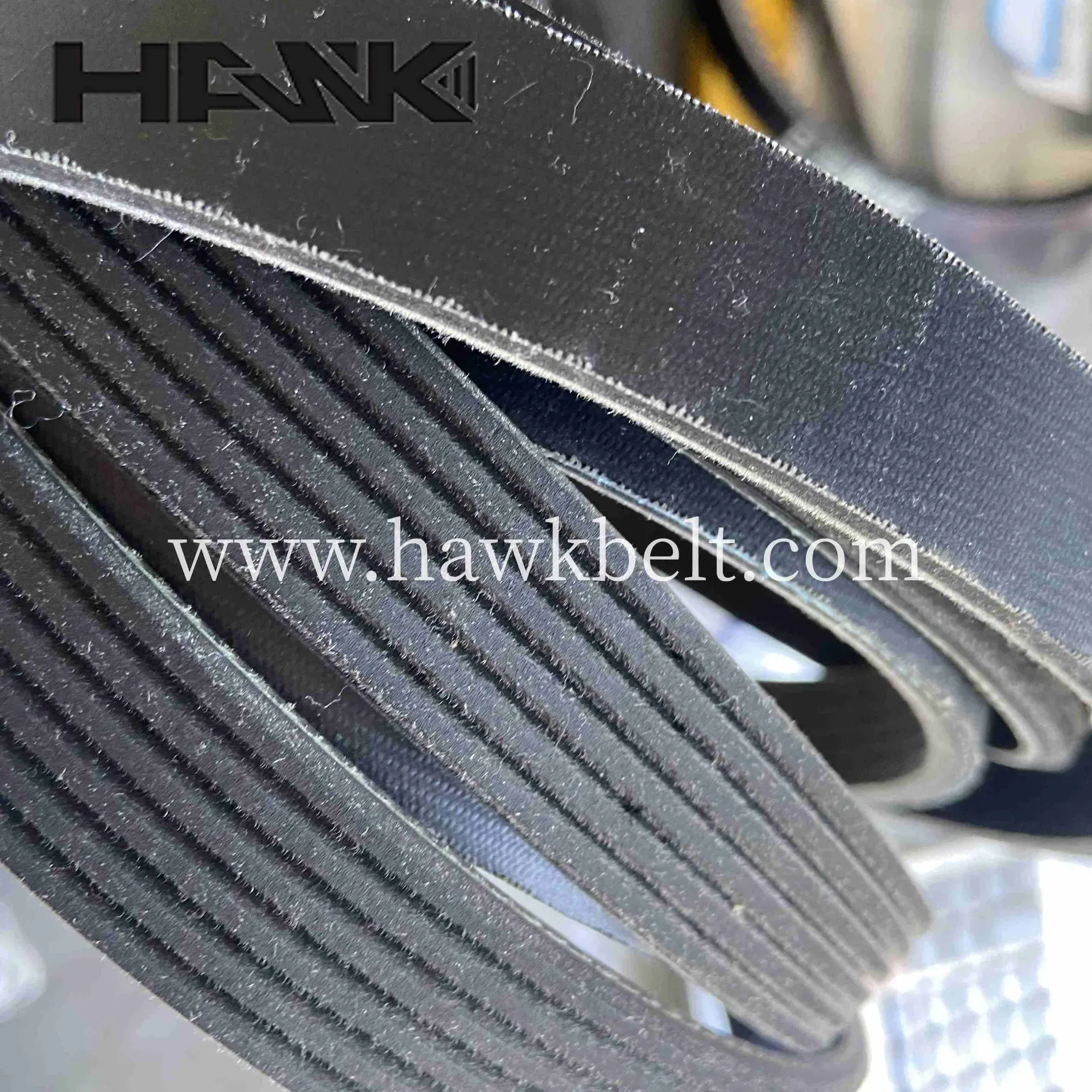- Arabic
- French
- Russian
- Spanish
- Portuguese
- Turkish
- Armenian
- English
- Albanian
- Amharic
- Azerbaijani
- Basque
- Belarusian
- Bengali
- Bosnian
- Bulgarian
- Catalan
- Cebuano
- Corsican
- Croatian
- Czech
- Danish
- Dutch
- Afrikaans
- Esperanto
- Estonian
- Finnish
- Frisian
- Galician
- Georgian
- German
- Greek
- Gujarati
- Haitian Creole
- hausa
- hawaiian
- Hebrew
- Hindi
- Miao
- Hungarian
- Icelandic
- igbo
- Indonesian
- irish
- Italian
- Japanese
- Javanese
- Kannada
- kazakh
- Khmer
- Rwandese
- Korean
- Kurdish
- Kyrgyz
- Lao
- Latin
- Latvian
- Lithuanian
- Luxembourgish
- Macedonian
- Malgashi
- Malay
- Malayalam
- Maltese
- Maori
- Marathi
- Mongolian
- Myanmar
- Nepali
- Norwegian
- Norwegian
- Occitan
- Pashto
- Persian
- Polish
- Punjabi
- Romanian
- Samoan
- Scottish Gaelic
- Serbian
- Sesotho
- Shona
- Sindhi
- Sinhala
- Slovak
- Slovenian
- Somali
- Sundanese
- Swahili
- Swedish
- Tagalog
- Tajik
- Tamil
- Tatar
- Telugu
- Thai
- Turkmen
- Ukrainian
- Urdu
- Uighur
- Uzbek
- Vietnamese
- Welsh
- Bantu
- Yiddish
- Yoruba
- Zulu
Aug . 10, 2024 02:55 Back to list
Evaluating the Impact of Timing Belt Quality on Engine Performance and Longevity
Understanding Timing Belt Quality Key Factors and Importance
The timing belt is a critical component in the operation of an engine, playing a pivotal role in synchronizing the movement of the camshaft and crankshaft. This synchronization ensures that the engine's valves open and close at the proper times during each cylinder's intake and exhaust strokes. As such, the quality of the timing belt is paramount to the overall performance and reliability of a vehicle. In this article, we will explore the key factors that determine timing belt quality and why choosing a high-quality belt is essential for maintaining your vehicle's health.
Material Composition
One of the foremost indicators of timing belt quality is the material from which it is made. Most high-quality timing belts are constructed from durable materials such as polyurethane, reinforced with fiberglass or aramid fibers. These materials provide excellent tensile strength, resistance to wear, and thermal stability. In contrast, lower-quality belts may use cheaper materials that are more susceptible to degradation, stretching, or cracking over time. When selecting a timing belt, it is essential to consider its material composition, as this directly affects its lifespan and performance.
Manufacturing Standards
The manufacturing process also plays a critical role in the quality of timing belts. Reputable manufacturers adhere to stringent quality control measures and international standards such as ISO certifications. These processes ensure that the belts undergo rigorous testing for performance and reliability before they reach the market. On the other hand, belts produced by manufacturers with lax standards may not meet safety or performance expectations, leading to premature failure. When purchasing a timing belt, it's crucial to seek belts from well-known brands that have a proven track record in the industry.
timing belt quality

Design and Engineering
The design of a timing belt, including its width, pitch, and tooth profile, is engineered to optimize the transfer of power within the engine. High-quality timing belts are precisely designed to minimize noise and vibration, while ensuring smooth and efficient operation. A poorly designed timing belt may lead to slippage or misalignment, resulting in significant engine damage. Therefore, one must opt for belts that are explicitly designed for their vehicle's make and model, as these belts are often optimized for the best fit and performance.
Regular Maintenance and Replacement
Even the highest quality timing belts will wear out over time, which makes regular maintenance and timely replacement critical. Most manufacturers provide recommended replacement intervals, usually between 60,000 to 100,000 miles, depending on the vehicle. Staying proactive and following these guidelines can prevent catastrophic engine failure, which typically occurs when the timing belt breaks or slips. It is advisable to have a qualified mechanic inspect the timing belt during routine maintenance, checking for signs of wear, such as fraying or cracks.
Conclusion
In summary, the quality of a timing belt is influenced by multiple factors, including material composition, manufacturing standards, and design. High-quality timing belts are critical for the seamless functioning of an engine, ensuring that all components work in harmony. Investing in a reputable timing belt and adhering to recommended maintenance schedules can significantly prolong your vehicle's life and performance. By understanding the significance of timing belt quality, vehicle owners can make informed choices that safeguard their investment and enhance their driving experience.
-
Upgrade Power Steering Pump Belt for Smooth, Quiet Operation
NewsAug.27,2025
-
Precision Timing Belt & Chain: Engine Performance & Durability
NewsAug.26,2025
-
Precision Lathe Drive Belts: Durable & Reliable Performance
NewsAug.25,2025
-
84.5 Serpentine Belt: Durable & Precision Fit for Your Engine
NewsAug.24,2025
-
Premium Ribbed Drive Belts for Quiet Power Transmission
NewsAug.23,2025
-
High-Performance Vehicle Timing Belt for Engine Precision
NewsAug.22,2025

